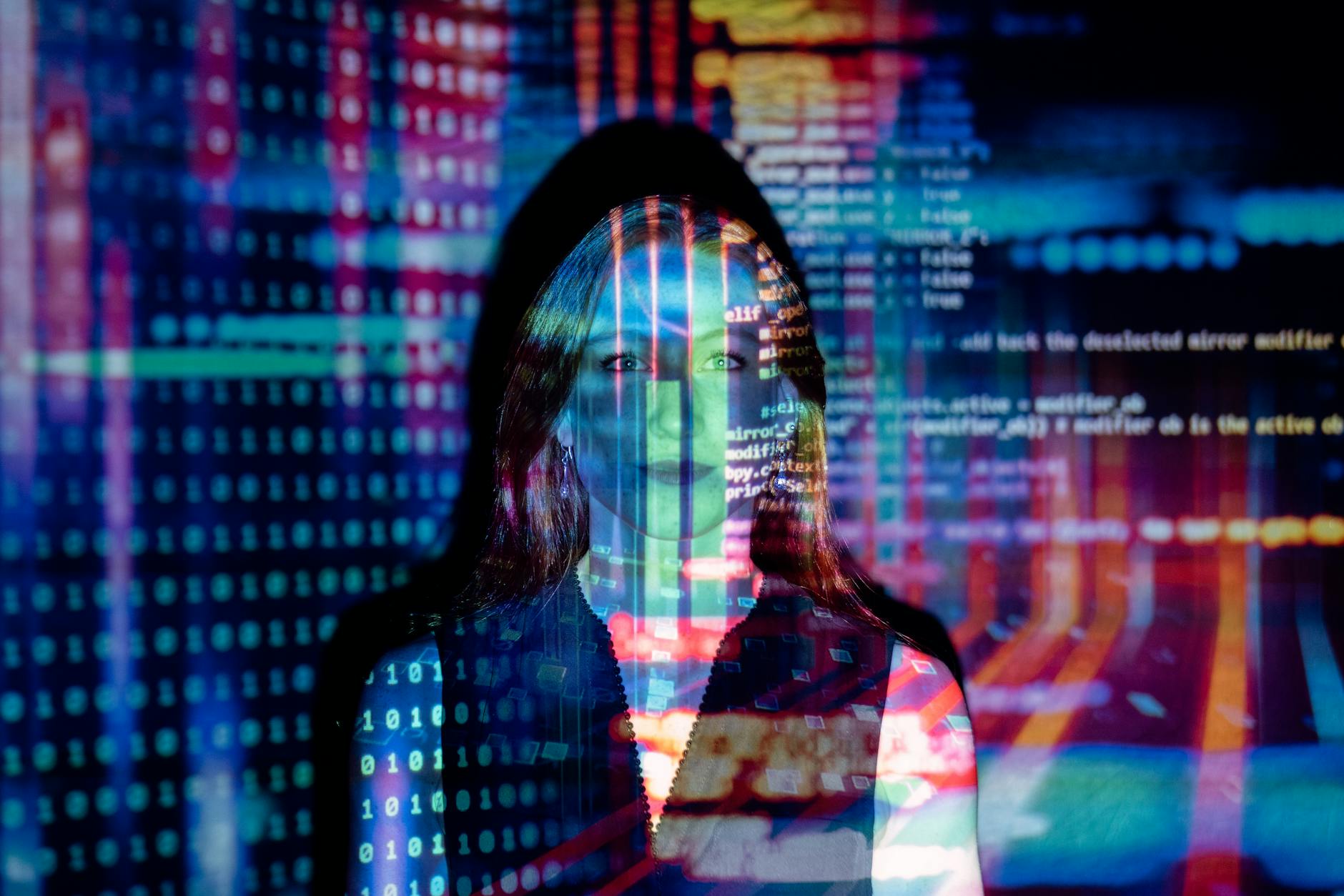Your cart is currently empty!
Artificial Intelligence (AI) has transformed numerous fields, from healthcare to entertainment, and one of its most fascinating applications is in the realm of creative content generation. Among these innovations, text-to-image models stand out as a revolutionary technology that bridges language and visual art, enabling computers to generate images from textual descriptions.
What Are Text-to-Image Models?
Text-to-image models are AI systems designed to create images based on descriptive text inputs. By understanding the semantics of the given text, these models generate visuals that correspond closely to the description. This technology leverages deep learning, particularly techniques such as Generative Adversarial Networks (GANs) and diffusion models, to produce high-quality and coherent images.
How Do They Work?
At a high level, text-to-image models process the input text to extract meaningful features and context. The AI then uses this information to synthesize an image that aligns with the textual content. The process typically involves:
- Text Encoding: The input text is converted into a numerical representation using natural language processing (NLP) techniques.
- Image Generation: The encoded text guides a generative model to create an image that reflects the concepts and details described.
- Refinement: Some models incorporate iterative methods to improve image quality and fidelity, ensuring the output is both visually appealing and contextually accurate.
Applications of Text-to-Image Models
The potential applications of text-to-image AI are vast and impactful:
- Creative Arts: Artists and designers can generate inspiration or even complete artworks based on simple text prompts.
- Advertising and Marketing: Creating tailored visuals for campaigns quickly and cost-effectively.
- Accessibility: Helping visually impaired individuals by generating images from textual descriptions.
- Education: Enhancing learning materials with custom visuals that match educational content.
- Entertainment: Designing game assets, storyboards, and animations from narrative descriptions.
Challenges and Ethical Considerations
While the technology is promising, it also raises several challenges:
- Quality and Accuracy: Ensuring the generated images faithfully represent the text without misinterpretation.
- Bias and Fairness: AI models may inadvertently reproduce societal biases present in training data.
- Copyright and Ownership: Questions about the rights of AI-generated content and its use.
- Misuse: Potential for generating misleading or harmful images.
Addressing these issues requires ongoing research, transparent practices, and thoughtful regulation.
The Future of AI and Text-to-Image Generation
As AI models continue to evolve, we can expect improvements in image realism, contextual understanding, and user control. Integration with other AI modalities—like text-to-video or interactive storytelling—could open new frontiers in digital creativity and communication.
In conclusion, text-to-image models exemplify the powerful synergy between language and vision in artificial intelligence. They not only expand the creative toolkit available to humans but also challenge us to think critically about the ethical dimensions of AI-generated content. The journey of AI-driven visual creativity is just beginning, promising exciting developments ahead.


Leave a Reply